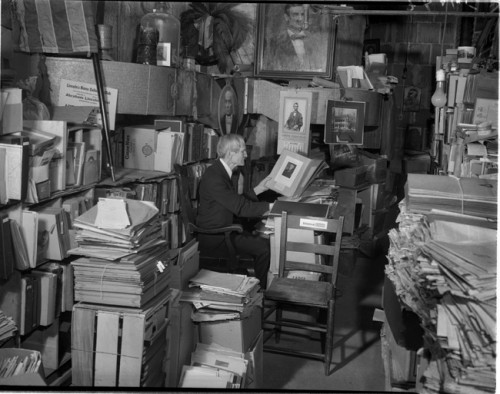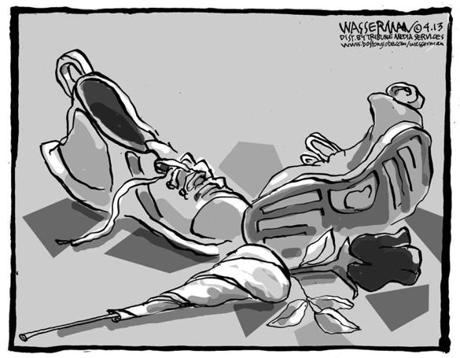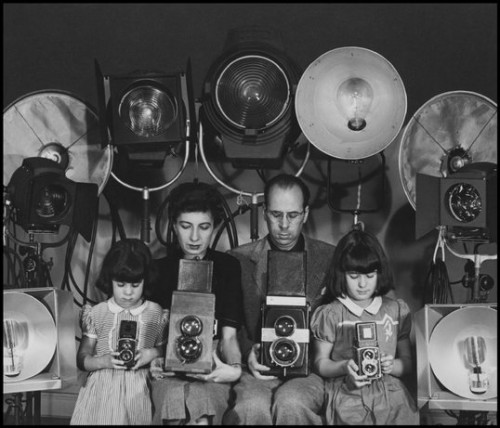
The New York Times editors, as Claude Fisher wrote yesterday, “have their meme and they will ride it hard.” That meme is Sherry Turkle, the MIT psychologist that has built a cottage industry (a far away disconnected cottage on the shores of Cape Cod no doubt) around pathologizing the bad feelings people get when everyone around them are on their phones. Fisher does a really supurb job of laying out what is wrong with this latest round of Turkle fanfare so you should go read his piece on his blog, but I want to draw out and add to one point that he makes about the “death of conversation” being an evergreen topic for decades.
I have an article coming out in First Monday in about a month but there is a section that I want to quote from just because I think it is especially relevant to this issue of conversation, attention, and their vulnerability to new technologies. The article argues that online/offline states should be seen as social relationships among groups and not the binary states of an individual. To that point I show how cultural, political, and economic reactions to railroad lines mirror the experiences we have with the Internet today. What follows is a small section about what sorts of social and cultural effects were attributed to railroads: more...







